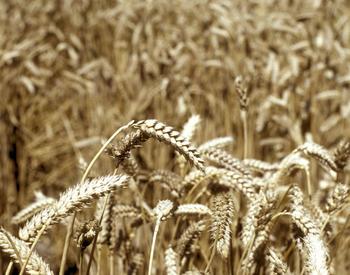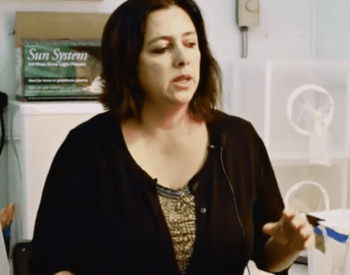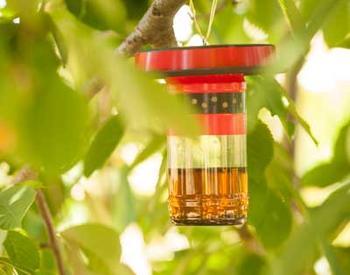CORVALLIS, Ore. – The camelina plant, which shows promise as a biofuel because of the oil contained in its seeds, could become an economically feasible alternative to conventional jet fuel under certain market conditions, according to a new Oregon State University analysis.
Years of research at OSU and other universities has demonstrated that camelina can be grown on marginal land and has potential as a rotation crop with wheat, thus preserving soil that would otherwise erode from fallow fields and providing a new alternative market for farmers.
But the current low price of conventional kerosene-based jet fuel makes it cost-prohibitive for commercial airlines to use camelina-based jet fuel, said Jeff Reimer, an economist in the College of Agricultural Sciences and the study’s lead author.
Reimer’s regional economic model accounts for key sectors of the camelina supply chain as an alternative jet fuel, using detailed data for the Pacific Northwest. He found that a gallon of camelina-based jet fuel would cost about 60 cents more than conventional jet fuel.
“Farmers won’t grow it unless there is a market for it, and they don’t have a market for it unless refiners have a place to sell it,” Reimer said. “That’s the supply chain problem.”
The study published in the journal Renewable and Sustainable Energy Reviews: Economic analysis of an aviation bioenergy supply chain.
The U.S. Air Force is already using camelina fuel in some of its aircraft. Reimer said “substantial government intervention” would be one way to create a market for camelina for use as a commercial aviation biofuel. Three alternatives include:
- 17 percent subsidy on camelina crop production;
- 20 percent tax on conventional jet fuel;
- A combination 9 percent subsidy on the alternative fuel and 9 percent tax on the conventional fuel.
Camelina would also be a practical alternative if airline passengers voluntarily elect to pay more to travel if they perceive an environmental benefit to using the oilseed, he said, allowing airlines to use the proceeds to offset the higher cost.
“This case is unlikely to arise in the real world,” he said.
“This biofuel works brilliantly,” he said. “A number of airlines want to buy it. But we are in an era of very low oil prices. If the airlines are using millions of gallons of fuel per year, it would cost them too much to switch.”
Airports interested in U.S.-based biofuels
Operators of commercial airports, including those in Portland and Seattle, have a strong interest in U.S.-sourced biofuels, either for diversifying their fuel supplies or for perceived environmental reasons such as a reduction in net greenhouse gas emissions, he said.
One of the selling points of camelina is that it can be a “home grown” source of fuel with very low production costs, Reimer said. But even if the camelina is produced by local farms, its processing might not occur within their region.
Or, he said, if the processing is done within the region, the camelina could perhaps be sourced most efficiently from outside the region, such as from Canadian farmers, thereby diluting the “home grown” nature of the energy resource from the viewpoint of U.S. policymakers.
“It might be cheaper to produce both the camelina and camelina-based aviation fuel in Canada and import it to the United States, he said. “That wouldn’t benefit American farmers or processors.”
Xiojuan Zheng, a doctoral graduate of OSU who now works for Dell Corp., co-authored the study.
The U.S. Department of Agriculture National Institute of Food and Agriculture partially funded the research.



















